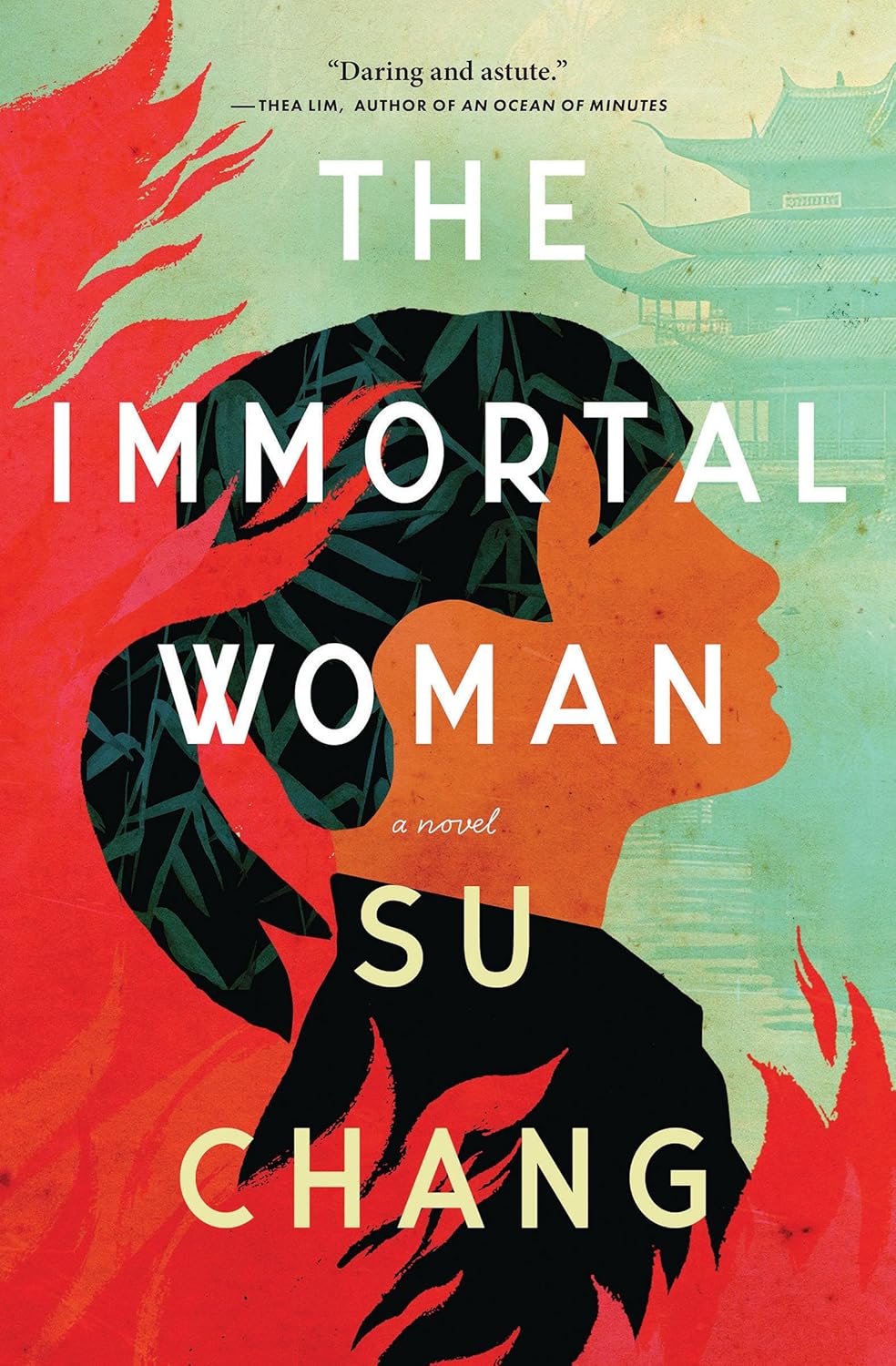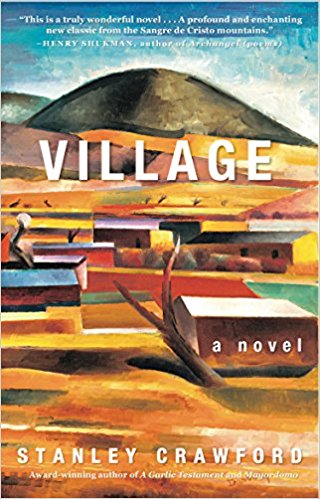The Immortal Woman: A Novel
- By Su Chang
- House of Anansi Press
- 384 pp.
- Reviewed by Amanda Holmes Duffy
- March 7, 2025
A Chinese expat navigates cultures in this ambitious, uneven debut.

Su Chang’s The Immortal Woman begins during China’s Cultural Revolution, when Lemei is a schoolgirl in Shanghai. Books are burned. The intellectual class is ridiculed and torn apart. Historical treasures are decimated, and family members betray each other in monstrous ways to save their own skins.
Lemei’s brother turns their father in to the authorities for keeping a family shrine. He later dies in prison. Then, Lemei’s literature teacher is mocked, tortured, and incarcerated for sharing Chinese classics with her pupils.
To protect herself from a similar fate, Lemei joins the Red Guard. Later, she works as a party journalist. But the burned books are saved in her memory, and she never forgets the teacher who urged her to write what she saw and not to let the madness go in vain.
This is why, years later, when Lemei’s daughter, Lin, earns a scholarship in America, it seems like a dream come true. Lin tries hard to succeed in the United States and later moves to Canada on a theater grant to get her play produced. Canada is “a nicer America, with fewer guns and free healthcare,” Lemei’s friend Wei explains.
But Western opportunity isn’t what it seems, something Lemei cannot comprehend. Lin struggles with loneliness, cultural disconnect, and self-loathing. The Shanghai teacher’s long-ago warning not to let madness go in vain turns out to be prophetic. For different reasons and at different times, both Lemei and Lin suffer a mental collapse.
In a painful twist toward the end of the novel, Lin tells her mother, “I wrote the story to make sense of you, of us. This is our history.”
Lemei shakes her head. “Our history? You’re not one of us anymore.” Yes, there’s a terrible cost to pursuing your dreams and leaving your homeland behind.
The Immortal Woman is told in alternating narratives set in China and North America spanning the 1960s to the early 2000s. We get dual generational and cultural perspectives. But over the course of the tale, the style of the writing changes. Initially, I couldn’t decide if this book was overwritten or just too tightly compressed. Take this excerpt where Lemei goes to meet Changshen, a party leader:
“She glided her fingers over the ugly carvings the Red Guards had left on the once-ornate wooden banister, the cherubic angels with their eyes gouged out and noses chiseled away. She reached the top landing and pushed on the office door. As it swung open, she shuddered. The room swelled with heat, a rusty ceiling fan twirling like a ballerina gone mad. With clenched teeth, she nodded at Changshen, who was squatting in the principal’s mahogany chair, a clown on the throne of a learned man. His usual green khaki shirt drenched in sweat, he fanned himself with a propaganda pamphlet.”
The author packs in an awful lot of hyperbolic detail here. I went along with it because it felt culturally different. It had a Chinese flavor, quite unlike the taste of American food as experienced by Lin, which “seemed to glide right through her body and leave no memory behind.”
But as Lin’s narrative progresses, the writing becomes more generic, with less character and authenticity. Some scenes feel hastily sketched in; others feel exaggerated. Those concerning the Canadian theater company seem a little contrived, with the exception of a particularly good sex scene, during which Lin feels she’s finally free, not just of her burdensome virginity but also of cultural constraints.
Sadly, Lin’s efforts to free herself — altering her accent and appearance, putting her play through various contortions to satisfy the director — end not in freedom but in breakdown, the breakdown of who Lin really is at heart. Without cultural reinforcement, she falls apart.
I suspect that’s what happened in the writing of this book. It lost its vital center in favor of becoming a marketable product. But as a reader, I wanted to stay longer in the Chinese perspective, and in the respective unraveling of mother and daughter. I wanted more of an inside view. And I wanted to know more about the shrine that Lemei’s mother erected in the family home — the one whose discovery led to the arrest of Lemei’s father.
What did such losses really mean to people? What was the significance of the literary masters they were forbidden to read? And, in the novel’s conclusion, which frankly felt implausible, how did time-honored Chinese traditions sustain and carry them through? I was reminded occasionally of Madeleine Thien’s Do Not Say We Have Nothing, which so beautifully illustrates how the Chinese intellectual and educated class was swallowed whole during the Cultural Revolution. Meritocracy no longer meant anything. In order to survive, people played dumb, parroted the party line, and denounced everything heartfelt and meaningful.
China has thousands of years more experience than the United States and a far richer, more complex history. But perhaps all societies go through cycles. It appears the U.S. is entering one in which justice, honesty, and integrity no longer have currency. America might indeed be the paper tiger Chairman Mao once thought it.
Near the end of the novel, a Chinese researcher and lecturer explains America to Lemei like this:
“You turn on the TV every morning and see the clowns talking, the cults and fake gods, the obscene rich and abject poor, the school carnage, and you think to yourself — so this is supposed to be the pinnacle of human civilization? The best system in the world?”
The Immortal Woman is a promising debut with some unforgettable passages. With ruthless editing and perhaps more time for maturation, it might have achieved true literary depth. I look forward to Chang’s next book.
Amanda Holmes Duffy is a columnist and poetry editor for the Independent and the voice of “Read Me a Poem,” a podcast of the American Scholar.
.png)
